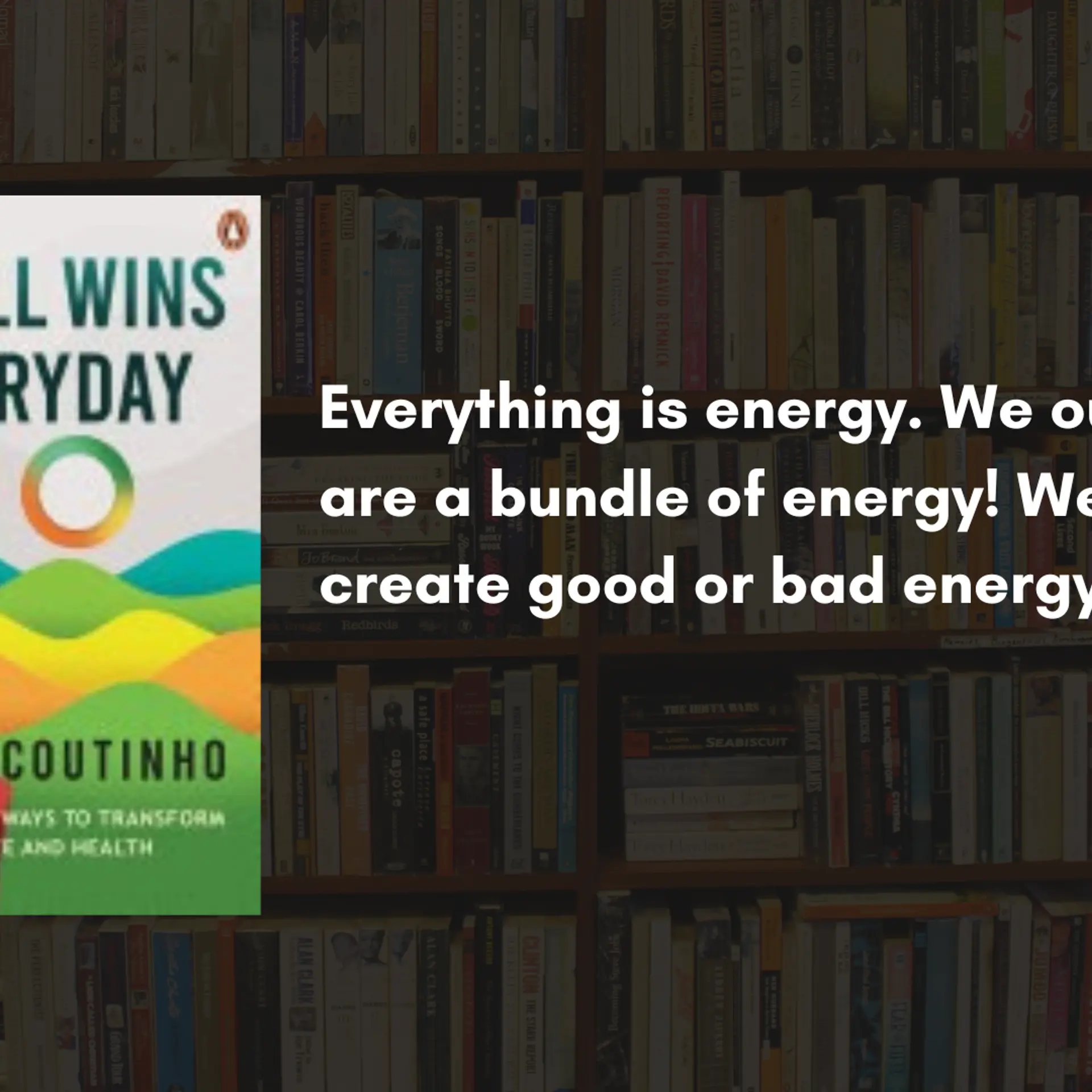Family Roots: An alternative distribution network to the rural BoP
The challenges of creating functional and reliable distribution networks to (and from) India’s rural base-of-pyramid are well documented. Although some methods have shown varying degrees of success, the costs of creating new networks for consumer products go well beyond the capacity of many social entrepreneurs.
Have we been looking at it from the wrong angle? Too often, we ask “how can we get the rural user to buy our product?”, and not, “If I lived in a rural village, and there was a product I wanted, how would I go about getting it?” A likely answer is “through my relative who lives in the city.” While 71% of India’s population still lives in rural areas, a growing number of families have at least one member in a city. If the spotlight for selling BoP-focused consumer products shifted to the urbanite with rural roots, maybe the strong family distribution networks would take care of the rest.
While the thought of selling to someone who is not the end-user sounds counterintuitive, the potential is thought-provoking. Not only can urbanites provide the physical distribution of products to their rural families, but they also recognize the need for the products and are best suited to teach their families on correct usage. In terms of a business advantage, a few of the benefits include:
People
Cities offer a high concentration of potential customers who often visit their rural families and take gifts and other products with them.
Price
Social entrepreneurs can avoid the price margin increases from multiple middle-men in the rural distribution chain. There may also be less need for product financing because it focuses on the household members making the most money.
Promotion
City dwellers have an outside perspective of how they could improve the lives of their family, and may be most likely to recognize the need for BoP-focused products. Marketing and education about the product can be done in cities where print and media resources are readily available. Sales and marketing could focus on how the product can help the customer’s family improve their lives, and show the customer how to teach their family to use it. Ideally, it would go so far as to show the stores or items in movies and TV shows to get the word out and increase the aspirational value of the merchandise.
Place
Products from cities are not perceived as products for the poor, they are products for the rich. They are seen as aspirational goods, giving each product an additional intrinsic value. Urban shops selling rural BoP-focused products could be located near main train stations, bus depots and city centers, making them accessible to family members as they go to visit their home towns. A mix of popular wanted items that draw in customers, and BoP technologies, such as solar lanterns, water purifiers and efficient cook stoves, would make it a one-stop-shopping experience.
There already exists an extensive product distribution network in India that is alive and well: it is the family tree. It is the city-dweller who takes the trains, busses, autos and oxcarts back to their roots in the remotest of areas to visit their homes. With them often come gifts, money, medicine, food, clothing and electronics. Perhaps there is room for one more item.
Richard Woodbridge is a member of the Rural Market Insight team at the Centre for Development Finance, a division of the Institute for Financial Management and Research. Website www.ifmr.ac.in/cdf






